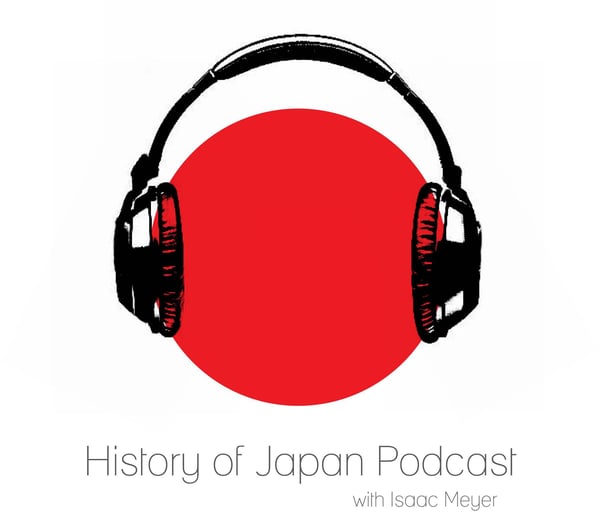Episode 52 - Nichiren
History of Japan
Isaac Meyer
4.8 • 744 Ratings
🗓️ 10 May 2014
⏱️ 25 minutes
🧾️ Download transcript
Summary
This week, we're going to be talking about one of Japan's most famous religious movements: Nichiren Buddhism, devoted to the veneration of the text know as the Lotus Sutra. We'll discuss the life and education of Nichiren, as well as the legacy his teachings have for Japan and the world.
Transcript
Click on a timestamp to play from that location
| 0:00.0 | Hello and welcome to the History of Japan podcast. Episode 53. |
| 0:22.0 | Nichi Ren. |
| 0:27.4 | This week, I plan to finally go back and patch up one of the more grievous emissions from the early episodes, providing an outline of Japanese history. |
| 0:32.8 | You see, I wanted to keep things at a pretty quick pace, and as a result, I skipped over great many |
| 0:38.7 | details. The focus on high politics also meant that cultural developments got pretty short |
| 0:45.6 | shrift. In particular, during the episodes covering Japan's transition to control under the samurai, |
| 0:51.8 | I did not pay enough attention to the immense religious changes |
| 0:55.5 | happening in Japanese society, skipping over one of the most important religious movements of |
| 1:01.0 | that period. That movement would be led by a Buddhist monk named Nichiren, who was born to a low-status |
| 1:07.8 | family in February 1222. |
| 1:17.2 | His family was from what was then called Awa Province, in today's Chiba Prefecture to the east of Tokyo. |
| 1:26.0 | Generally speaking, such a parentage would normally condemn a child to a life of low-status ignominy. |
| 1:29.5 | But Nietzscheeran's case was different. His parents were able to send him to study at a local temple called Se Cholji, in the city of Kamolgawa, also in |
| 1:35.4 | Awa Prefecture, from the tender age of 11. Temples don't charge tuition or anything if a student |
| 1:42.3 | is training for the priesthood, |
| 1:49.6 | but generally families were loath to give up their children because kids, after all, are a free source of labor. |
| 1:53.8 | It's not really clear what caused Nietzschean's parents to give him up. |
| 1:59.7 | The Buddhist world, the young Nietzschean entered, was in a time of great upheaval. Traditional Japanese Buddhism was very much a religion of the aristocrat, |
| 2:04.6 | and it was dominated by two Chinese imported sects, |
| 2:08.6 | Tandai or Tiantai in Chinese, and Shingan or Janyan in Chinese. |
| 2:14.6 | Both sects emphasized the attainment of enlightenment via esoteric and tantric practice, |
| 2:21.9 | such as ritual chanting or the visualization of what are called mandala, |
... |
Please login to see the full transcript.
Disclaimer: The podcast and artwork embedded on this page are from Isaac Meyer, and are the property of its owner and not affiliated with or endorsed by Tapesearch.
Generated transcripts are the property of Isaac Meyer and are distributed freely under the Fair Use doctrine. Transcripts generated by Tapesearch are not guaranteed to be accurate.
Copyright © Tapesearch 2025.

